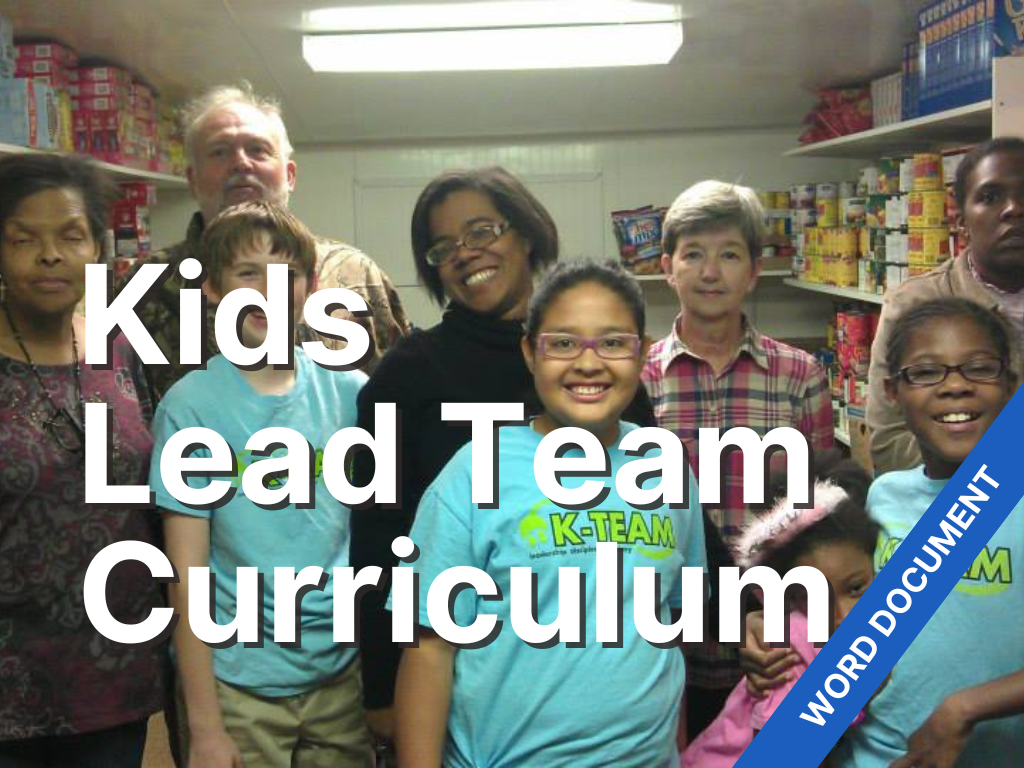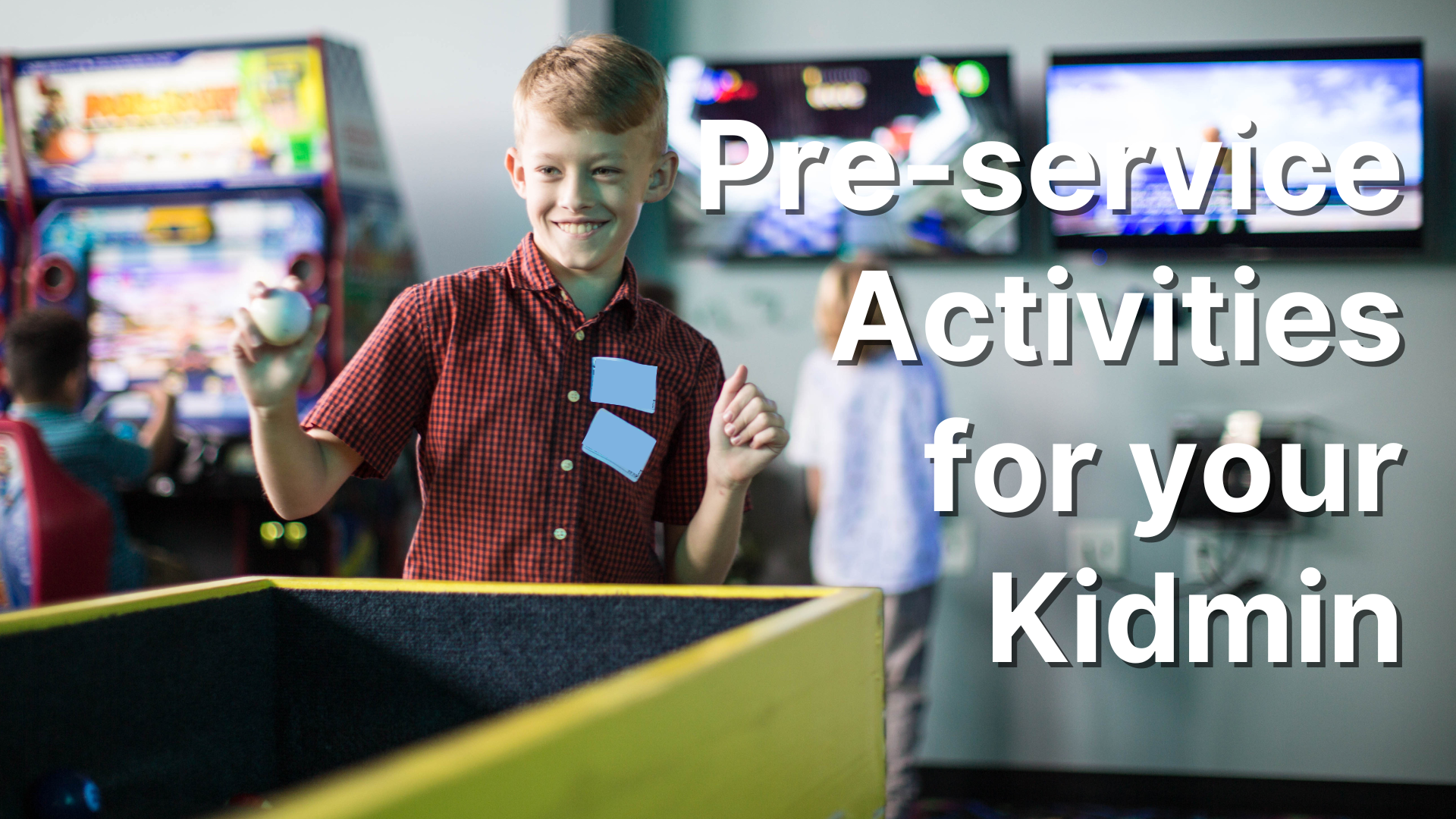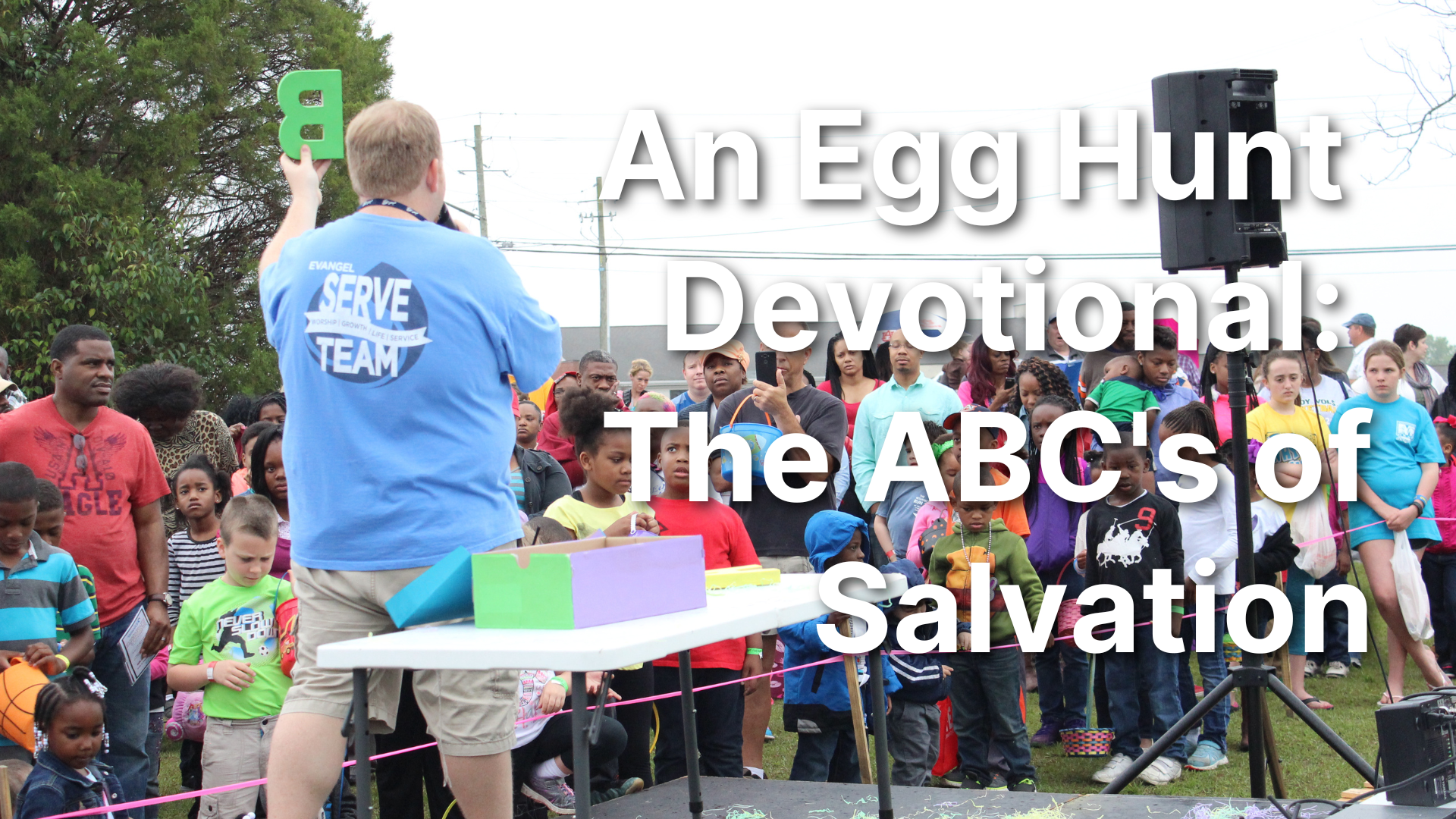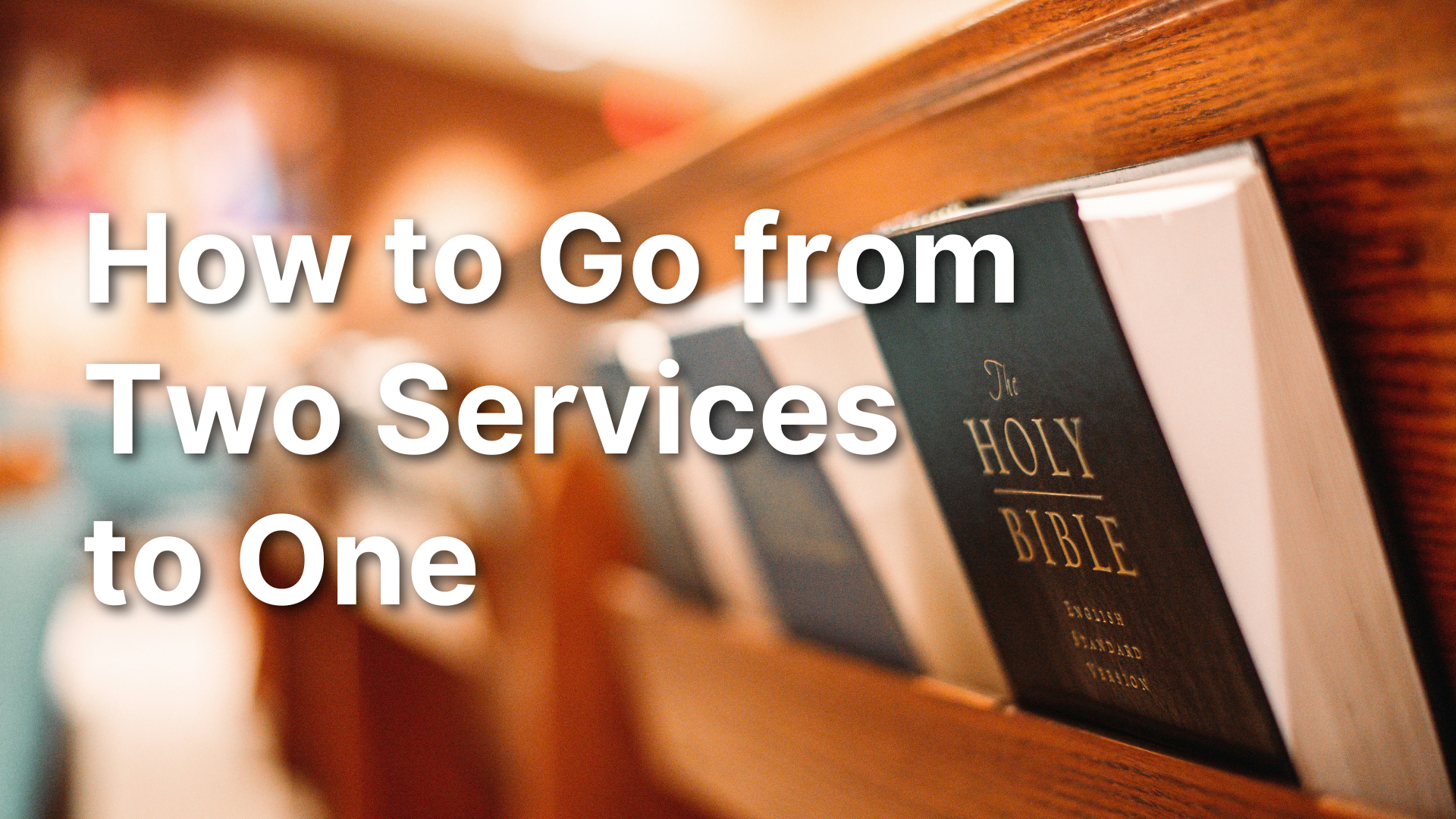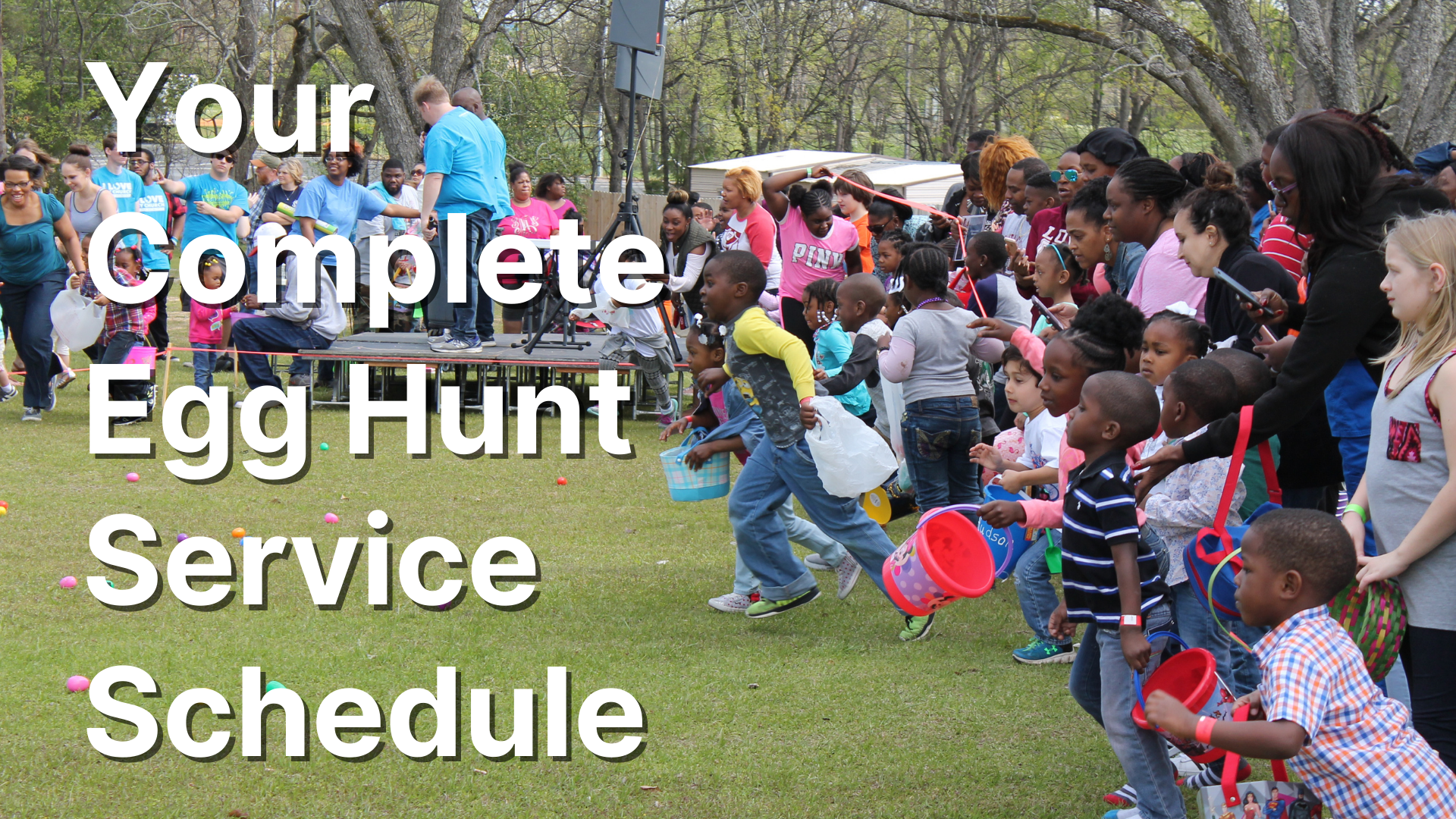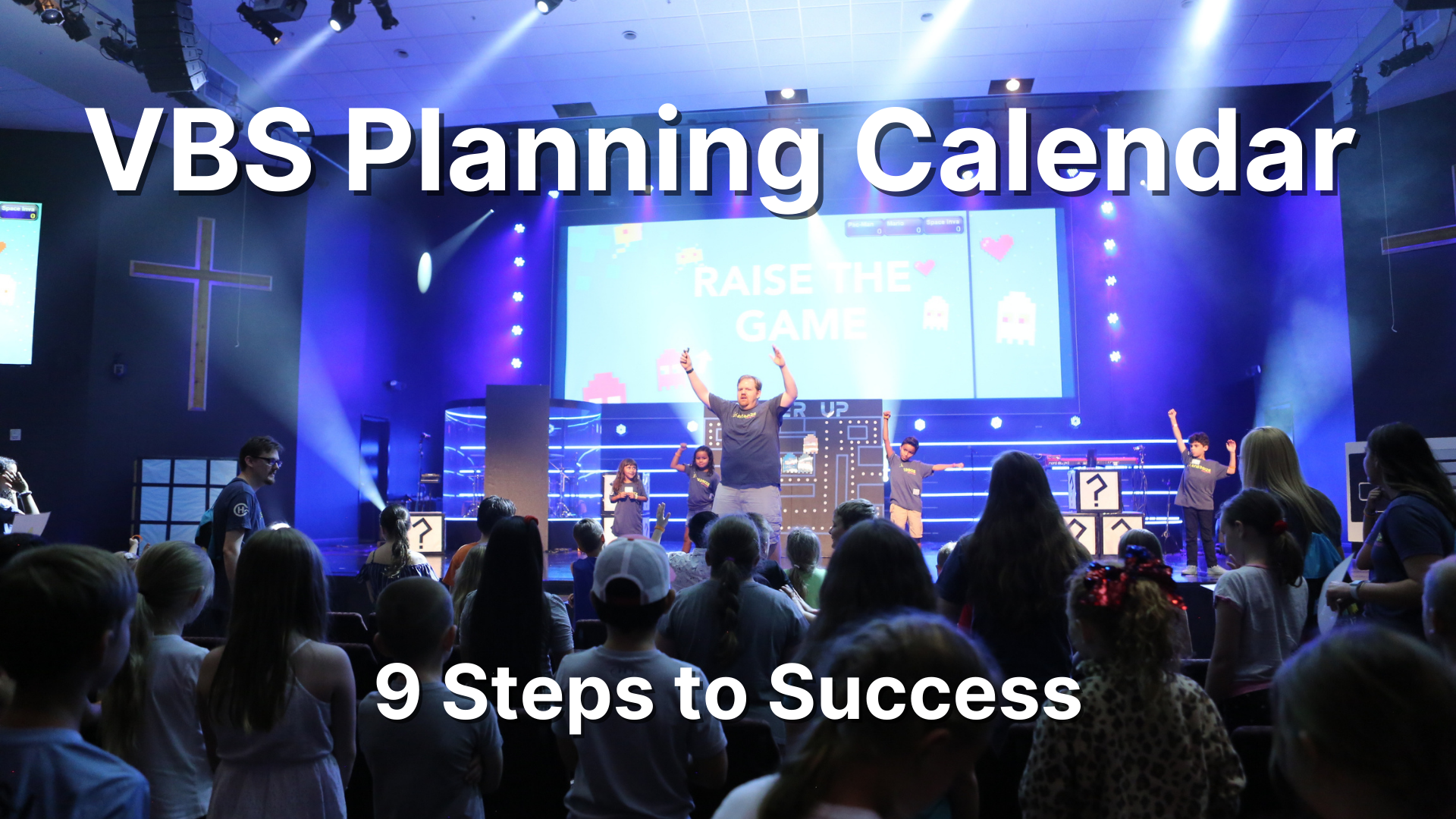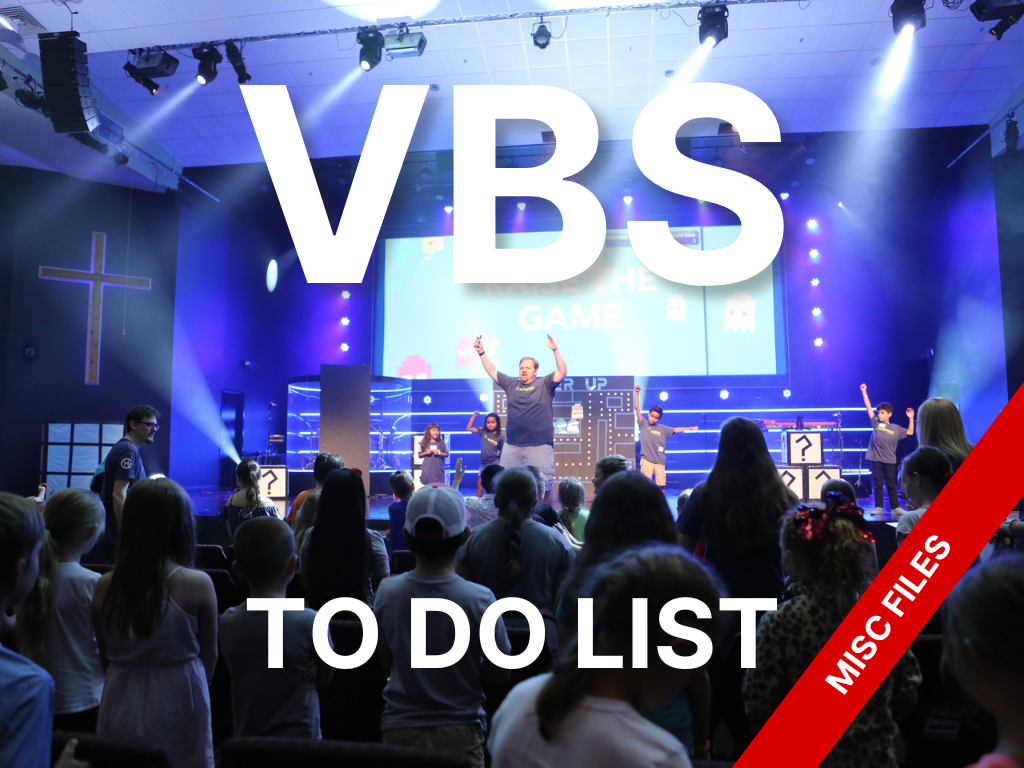How to Engage Older Kids in Your Kidmin
One of the hardest parts of kidmin is dealing with older kids in the late spring early summer. They get their own version of senioritis. They will check out completely, complain they’re bored, or misbehave.
As their behavior degrades, you can see the younger kids follow suit. All of sudden no one wants to play the game. No one will stand for worship. No one will answer questions during the lesson. It can be a very frustrating time. You want to continue to ministry to the 5th or 6th graders, but they don’t seem to care. You find yourself counting the days until they can move up.
I’ve been there. Both as a kids’ pastor and as a kid. I remember as a sixth grader, being so bored in kids’ church. Likewise, I’ve dealt with older kids and worked hard to keep them engaged. I can’t say I’m 100% successful. But I can say that many of the strategies I’ll share today do work, resulting in a lasting impact on the kingdom.
1. Put them up front
As a 6-year-old, I remember looking back at the older kids as they sat higher in our stadium-seated auditorium. They were so cool. But all they did was sit. They never played a game, sang in worship, or interacted during the story. I couldn’t wait until I got older. Then I too could sit in the back.
It seems the older the kids get the further they want to sit away from the action.
Don’t let them.
If you have small groups in your service, have your kids sit with their group. Then strategically place the older kids up front. By being up front and close to the action, they’ll be far more likely to engage with what’s happening on stage. When kids sit in the back it’s easier to disengage with the lesson and get distracted with other things.
What’s more, the younger kids are watching what the big kids are doing and will act accordingly. Tell the older kids that they set the example. They have the opportunity to show the smaller kids how to worship, play, and learn.
2. Don’t group them with younger kids
Speaking of groups, don’t put them with kindergartners or first graders. In small churches this is nearly impossible. But do it as much as you can. Four to five years may not seem like that much, but there is a big difference between a 7-year-old and an 11-year-old.
The older kids don’t want to be with the younger ones. They’re starting to feel like teens and want to be treated that way. Once you put them with little kids, they’ll be annoyed by how slow you have to go. You’ll have a lot of sighing and eye rolling as the leader helps the first grader read, do the craft, or even tie their shoe.
Let them be in their own group where they can talk about the issues they care about. Kids have big questions. Many of 5th and 6th graders are starting to go through pre-adolescent changes. Providing a safe place for them to interact and ask their questions will go a long way to keeping them engaged week after week.
3. Teach to them
Many children’s ministry leaders teach to the youngest kids. It’s understandable. They need the most help and understand the least. However, if you’re teaching on a kindergarten level, you’ll lose the fifth grader.
Conversely, focus your lessons on the fifth graders. The kindergarteners may not understand as much, but that’s ok. You have them for five more years. You only have the fifth graders for five more weeks.
So, what does that look like?
When picking your worship songs, pick songs the older kids will love. If the older kids think it’s cool, the younger ones will too.
When picking your games, pick ones with a little challenge. Kids love competition and trying out developing skills. That’s why I love these 5 games so much.
When picking your crafts, move beyond a coloring sheet. Preschoolers and early elementary love them. But very few fifth graders color anymore. The craft can have some coloring but have the option to create things that encourage creativity and ingenuity.
I’ll admit that in my kidmin many of my younger kids were left behind. Thankfully, at one church I had a faithful volunteer take the younger ones and start a service just for them. They loved it and learned so much more than what I was doing.
If you have the space, kids, and personnel, I advise you to explore this option.
4. Give them something to do
I said earlier when I was in a sixth grader in kids church that I was bored out of mind. What kept me coming week after week (other than my parents) was my kids pastor trusted me to run sound. I have distinct memory of watching the service while looking over the sound board. I didn’t do much more than move a fader up and down, but I was contributing.
Many of your older elementary want to be involved. They want to help and can do more than you may be giving them credit for.
This is why in every children’s ministry I’ve led, I had some kind of fifth and sixth grade leadership team. We met at a different time and learned about God and ministry. Then on Sundays, they serve. I’ve had them run sound, the screen, lead worship, greet, welcome new visitors and set up the games. I even had some teach the lesson.
Many of these kids who participated in this team have since gone into full-time ministry. That’s one of the best feelings in the world. I hope you get to experience the same joy.
If you’d like more information about the lead team, you can read about it here and download the curriculum I use for free here.
Your older kids don’t have to be disengaged. With some intentionality and training, they can be your greatest assets to service. Don’t be afraid to give away responsibility. Challenge them to lead. Encourage them to try new things. You’ll soon find instead of them begging to leave; they’ll be begging to stay.


